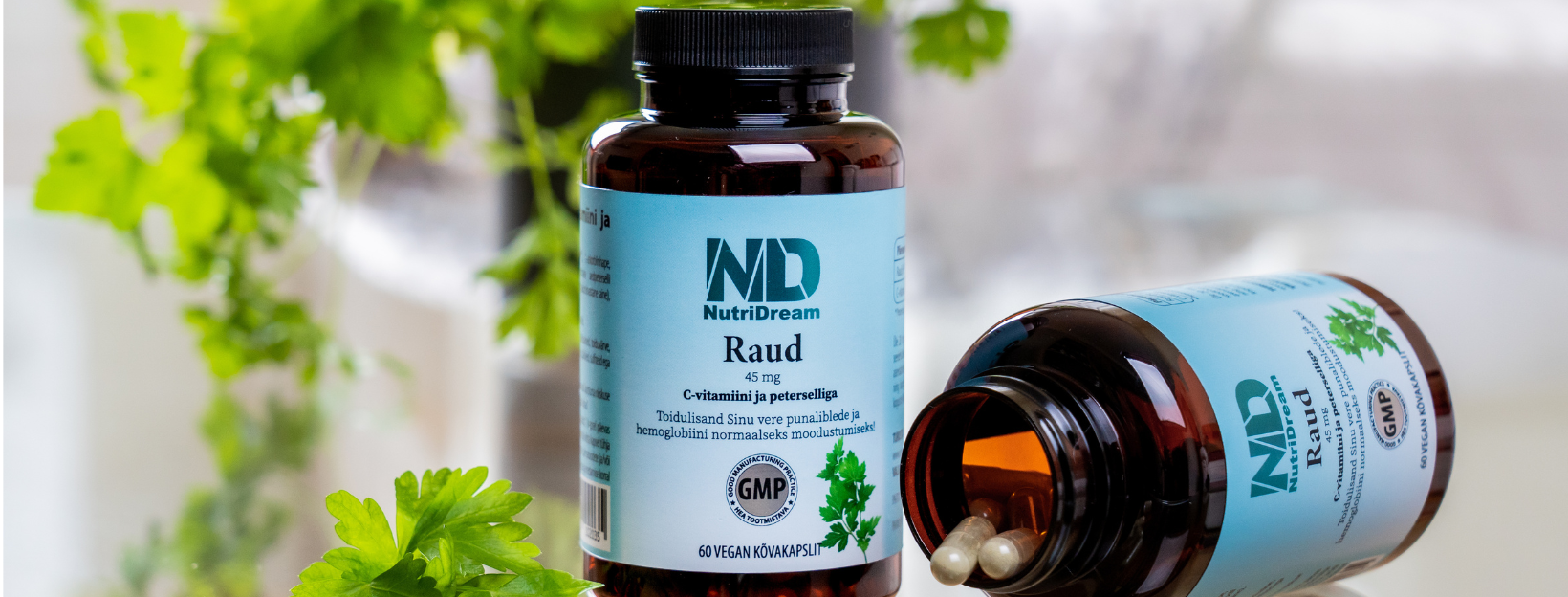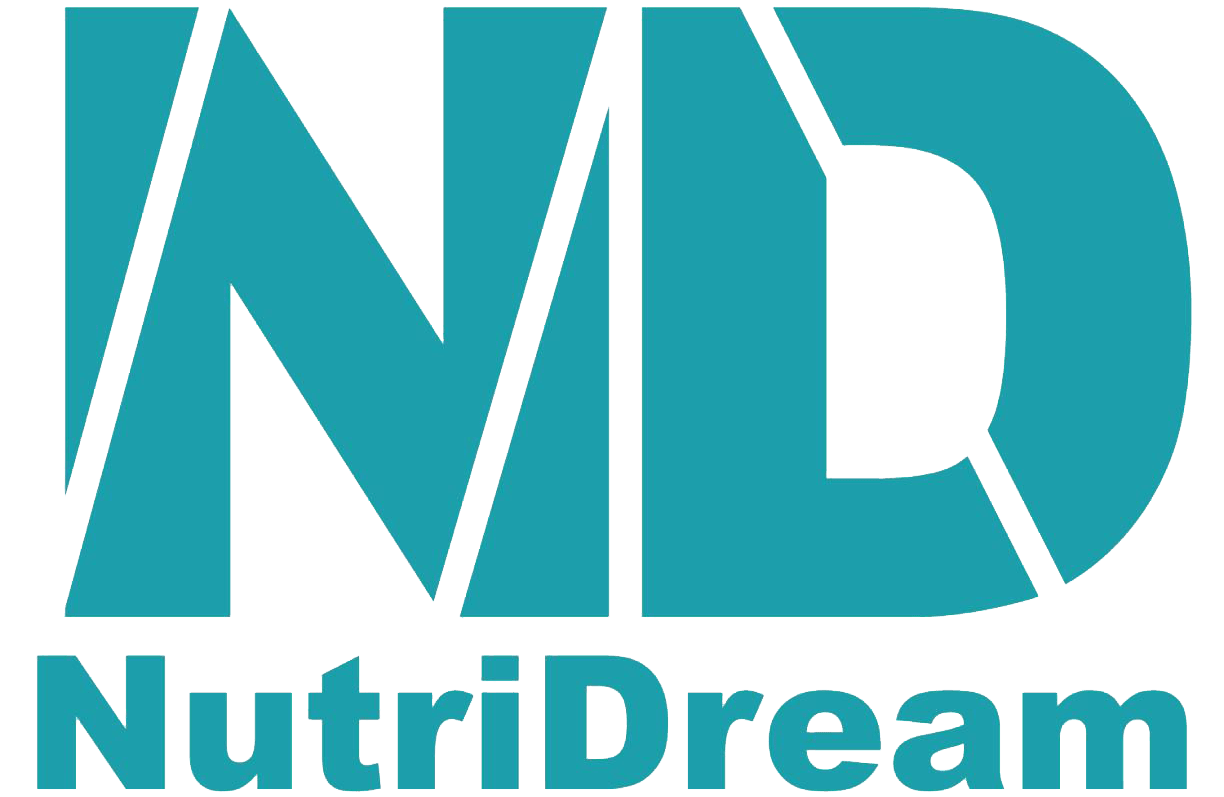Iron deficiency anemia: a problem affecting thousands of women

Iron deficiency anemia: a problem affecting thousands of women
Iron deficiency anemia is one of the most common nutrient deficiencies worldwide, particularly affecting women. According to World Health Organization (WHO) anemia is estimated to affect half a billion women 15–49 years of age worldwide. In 2019, 30% (539 million) of non-pregnant women and 37% (32 million) of pregnant women aged 15–49 years were affected by anemia. (1) In this blog post, we will discuss the causes, symptoms, diagnosis, and treatment of iron deficiency anemia.
What is iron deficiency anemia?
Anemia of iron deficiency occurs when the body does not have enough iron to produce hemoglobin—the component of red blood cells responsible for transporting oxygen to tissues. When hemoglobin levels drop too low, it can lead to fatigue, weakness, and other health problems.
Causes of iron deficiency anemia
There can be several causes of iron deficiency:
- Menstruation – Monthly blood loss can deplete iron levels, especially if periods are heavy and prolonged.
- Pregnancy and breastfeeding – The body requires more iron for fetal development, making pregnant and breastfeeding women particularly vulnerable to iron deficiency.
- Endometriosis – This condition can cause you to experience particularly heavy blood loss during your period.
- Vegetarian and vegan diets – While plant-based sources contain iron, they are not absorbed as efficiently as animal-derived iron.
- Malabsorption and gastrointestinal diseases – Conditions such as celiac disease and Crohn’s disease can impair iron absorption in the intestines.
- Chronic illnesses and blood loss – Conditions like stomach ulcers, intestinal polyps, and other disorders can lead to ongoing blood loss and iron deficiency.
The greatest risk of iron deficiency anemia is in women.
Symptoms of iron deficiency anemia
The symptoms of iron deficiency anemia vary depending on the individual’s overall health and the severity of iron deficiency. Common symptoms include:
- Persistent fatigue and weakness
- Pale skin and brittle nails
- Shortness of breath and heart palpitations
- Dizziness and headaches
- Cold hands and feet
- Changes in appetite (a strange desire to eat food that has no nutritional value)
If you experience persistent fatigue or notice any of the above symptoms, it is advisable to consult a doctor and undergo a blood test.
Diagnosing iron deficiency anemia
To diagnose iron deficiency anemia, the following blood tests are commonly performed:
- Complete blood count (CBC) – Measures hemoglobin levels and red blood cell count.
- Serum ferritin – The key indicator of the body’s iron stores.
- Serum iron and transferrin saturation – Helps assess iron metabolism and absorption in the body.
How to prevent and treat iron deficiency anemia?
Prevention and treatment of iron deficiency anemia depends on its underlying cause. This usually involves adjusting your diet and taking iron supplements if needed. In exceptional cases, the doctor may also prescribe intravenous intervention (for example, after surgery).
1. Iron-rich diet
Iron intake can be increased by including the following foods in your diet:
- Sources of heme iron (better absorbed by the body): red meat, liver, poultry, seafood.
- Sources of non-heme iron: legumes, spinach, whole grains, nuts, and seeds.
- Vitamin C-rich foods: citrus fruits and bell peppers help enhance iron absorption.
Avoid consuming calcium-rich foods and coffee or tea immediately before or after eating iron-rich foods, as they inhibit iron absorption.
2. Food supplements
Eliminating the cause of iron deficiency is of primary importance in the treatment of iron deficiency anemia. Second, the doctor usually prescribes an iron supplement. There are various chemical forms of iron used in supplements, and they differ in their absorption rate, effectiveness, and side effects. Below are the main forms of iron:
- Ferrous Sulphate – One of the most common and cheapest forms of iron, containing about 20% elemental iron. However, it can cause gastrointestinal side effects such as nausea and constipation.
- Ferrous Gluconate – Better bioavailability compared to ferrous sulfate and gentler on digestion. Studies have shown that ferrous gluconate has a lower incidence of side effects than ferrous sulfate.
- Iron bisglycinate or iron diglycinate – Iron in chelated form, which is absorbed more efficiently and causes less gastrointestinal discomfort. Several studies have confirmed that its bioavailability is higher than that of ferrous sulfate and that it causes less digestive problems.
- Liposomal Iron – An innovative form of iron in which the iron is surrounded by phospholipids, which improves absorption and reduces gastric irritation. It is especially suitable for those with a sensitive digestive system.
NutriDream iron supplement
There is an iron supplement in NutriDream’s product range: Iron (45mg) with vitamin C and parsley. NutriDream’s iron supplement contains iron bisglycinate (Ferrochel™), a well-absorbable form of iron. Ferrous bisglycinate is a form of iron salt with good absorption and bioavailability, where iron is bound to two glycine molecules. As a result, the iron molecule is ionically neutral and it does not deactivate or block the absorption of other nutrients. Ferrous bisglycinate causes less gastrointestinal upset than other inorganic iron salts and is therefore more suitable for people with more sensitive stomachs (1).
Iron contributes to the normal formation of red blood cells and haemoglobin and to the normal transport of oxygen in the body. Iron also helps to reduce fatigue and tiredness.
Vitamin C (L-ascorbic acid) is added to the capsule for even better absorption of iron. Vitamin C is a good antioxidant and, like iron, it helps to reduce tiredness and fatigue. We have also added a natural component to our product, which is parsley grown and dried in Estonia. Parsley (Petroselinum crispum) is a biennial plant known mainly as a herb. Parsley is rich in vitamins C, K and A and minerals calcium, iron, magnesium and folate.
3. Importance of lifestyle and regular health check-ups
In addition to proper nutrition and iron supplementation, regular health check-ups are essential. Women at higher risk of iron deficiency should have their blood tested at least once a year to prevent more serious health issues.
Iron deficiency anemia is a serious but preventable and treatable health issue.
Prevention begins with raising awareness and maintaining a balanced diet. If you suspect you may have iron deficiency, consult a doctor and undergo the necessary tests to find the appropriate treatment.
Author: Nutritional therapist Diana Zintšenko
Used sources:
– https://www.who.int/news-room/fact-sheets/detail/anaemia
– Milman N. et al. (2014), „Ferrous bisglycinate 25 mg iron is as effective as ferrous sulfate 50 mg iron in the prophylaxis of iron deficiency and anemia during pregnancy in a randomized trial.“ J Perinat Med.












